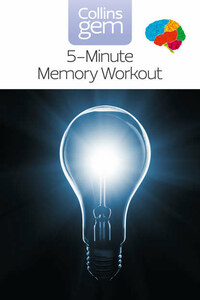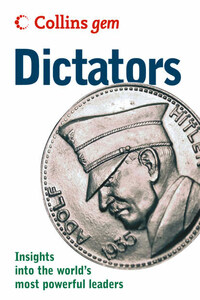Memory is just one function of our extraordinary brain. This mighty organ runs our bodies â itself an amazing feat â enables us to feel emotions, to think and dream and is a storehouse of information about everything we have experienced, real or imaginary, which allows us to build knowledge and understanding throughout our lives.
The brain is our heaviest (1-1.5 kg), hungriest (it burns up nearly a quarter of our energy) and most complex organ, more powerful than any computer in the range of processes it can undertake, including, of course, memory. Yet we barely understand how it works.
âWe only use 10 per cent of our brainâ
No we donât, but this is a persistent myth often quoted to suggest the brain has vast untapped powers. Brain scans show activity across the whole of the brain even when we are asleep, and we are affected if any part of the brain is damaged â showing that we are not harbouring a 90 per cent unused instrument. The myth may originate from research suggesting that only one in ten neurons are active at any one time.
Command and control
The brain is the control and command centre of the central nervous system. Our brains have more than 100 billion neurons, or electrically active nerve cells, known as grey matter. A trillion or so glial cells, known as white matter, help each neuron connect with up to 10,000 of its fellow cells, forming a web of links that are crucial for an effective memory.
The human brain has evolved over many thousands of years into a complex machine. It developed from and still has at its centre (at the base of the skull) the reptilian brain, or brain stem, which controls life functions and influences whether we will fight, hide or run when we are feeling frightened or angry.
The phrase ârush of blood to the headâ describes the way our inner reptilian brain can dominate during times of high emotion. For example, some people react to confrontations by becoming aggressive, others freeze like a rabbit stuck in the headlights of a car, while others flee.
Those who respond calmly have trained themselves to curb the urges of this impulse-led brain and employ the many layers of more sophisticated reasoning that have been added to this foundation. This shows that we can train and control our brains, a capability that can also apply to our memory functions.
The brain is divided into two hemispheres. In broad terms, the right side deals with emotions and the left side deals with rational thought. Each hemisphere also has four lobes: the frontal lobe, the temporal lobe, the parietal lobe and the occipital lobe. The frontal and temporal lobes are most involved with memory functions.
We rely on our memory in all aspects of life, from when and how to brush our teeth to running meetings and telling bedtime stories. We are not usually conscious that this is happening. Much of the memory function is automatic, and it isnât like a muscle that you can train to perform better. However, by changing the way that we think, by learning memory techniques that exploit the brainâs interconnections, and by working at how to remember rather than just hoping it will happen, we can feel more in control and that will improve our memory function.
Self-knowledge and emotional intelligence (understanding our own emotions and, from this, the feelings of others) make us happier and calmer and better able to comprehend concepts, while we can also train ourselves to learn better with efficient study techniques and sustained concentration. Anyone can train themselves to have better understanding and recall of information, which in turn improves their quality of life.
How memory works
There isnât a single part of the brain dedicated to dealing with memory, and scientists donât have a full understanding of how memory operates. However, its workings are best described in three stages, and we can refine each of these to work more effectively for us.
Stage 1
This is encoding, when we take in information. We donât remember everything that happens to us â weâd go barmy if we did. We can remember about seven things for roughly 30â40 seconds in our short-term, or working, memory. After that, these thoughts are mostly filtered out (you might consider the phrase âin one ear and out the otherâ appropriate), while we retain what we regard as the useful bits at the time. Making a conscious effort to remember things, and devising and using mental filing systems helps us to remember what we need to remember and to block out what we donât.
Stage 2
This is when we store information permanently. There are many ways in which this happens, but the more associations, or links, the thought has with other thoughts, the more likely it is to stay in our memory. This book shows you how to create associations and how to deliberately link thoughts together into a chain, making it easier to move to stage 3.












